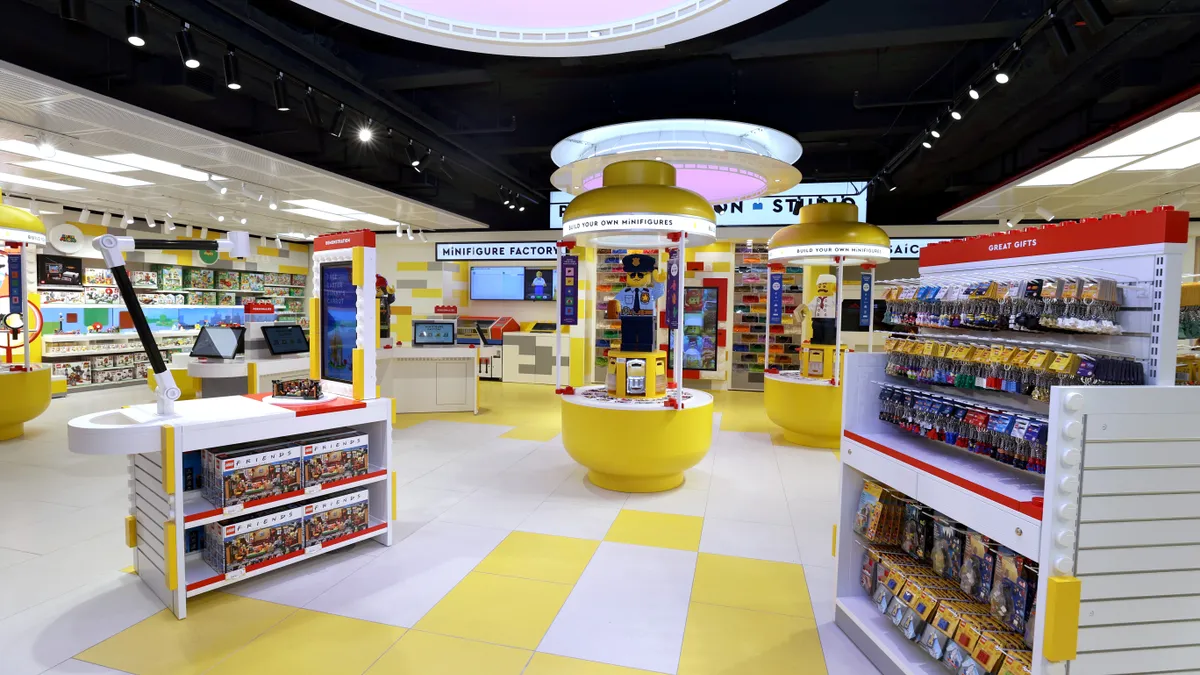The Lego Group is making efforts to ensure production and distribution operations are closer to its target markets in a bid to maintain supply chain resilience, according to an H1 financial report published in late August.
Distribution costs can also be further minimized when manufacturing is close to main markets, Lego previously noted in a 2023 annual report. Lego noted that the impact on global production and distribution cost softened during the year, which the company continues to monitor alongside other factors affecting its business.
“Our global supply chain network is designed to locate manufacturing and distribution sites close to our largest markets,” per the report. “This allows us to rapidly respond to shifts in demand and keep our supply chain relatively short, which reduces the environmental impact of shipping.”
To further optimize production, the toy company is investing in manufacturing and throughput upgrades at several facilities, according to the report. To move brick production closer to main markets, Lego also broke ground on its first U.S. manufacturing site in Virginia last year — but it has since pushed the facility’s production start date back to 2027.
Lego is also building a factory in Vietnam that is expected to open in 2025. Meanwhile, the company continues to “expand capacity at its existing factories in Mexico, Hungary and China,” per the H1 filing.
Besides modifying its manufacturing network, Lego has been eyeing other supply chain overhauls — including ramping up its sustainability efforts. During the first half of 2024, for instance, Lego reported an increase in the amount of sustainably sourced resin used for its toy bricks.
Several companies have been seeking production efficiencies in a bid for more resilient and dynamic supply chains. Furniture maker La-Z-Boy, for instance, modified its manufacturing network in Mexico by shifting some of its upholstery operations. During an August earnings call, La-Z-Boy President and CEO Melinda Whittington identified the company’s North American manufacturing footprint as a “key differentiator” in its production efforts.
This story was first published in our Operations Weekly newsletter. Sign up here.














